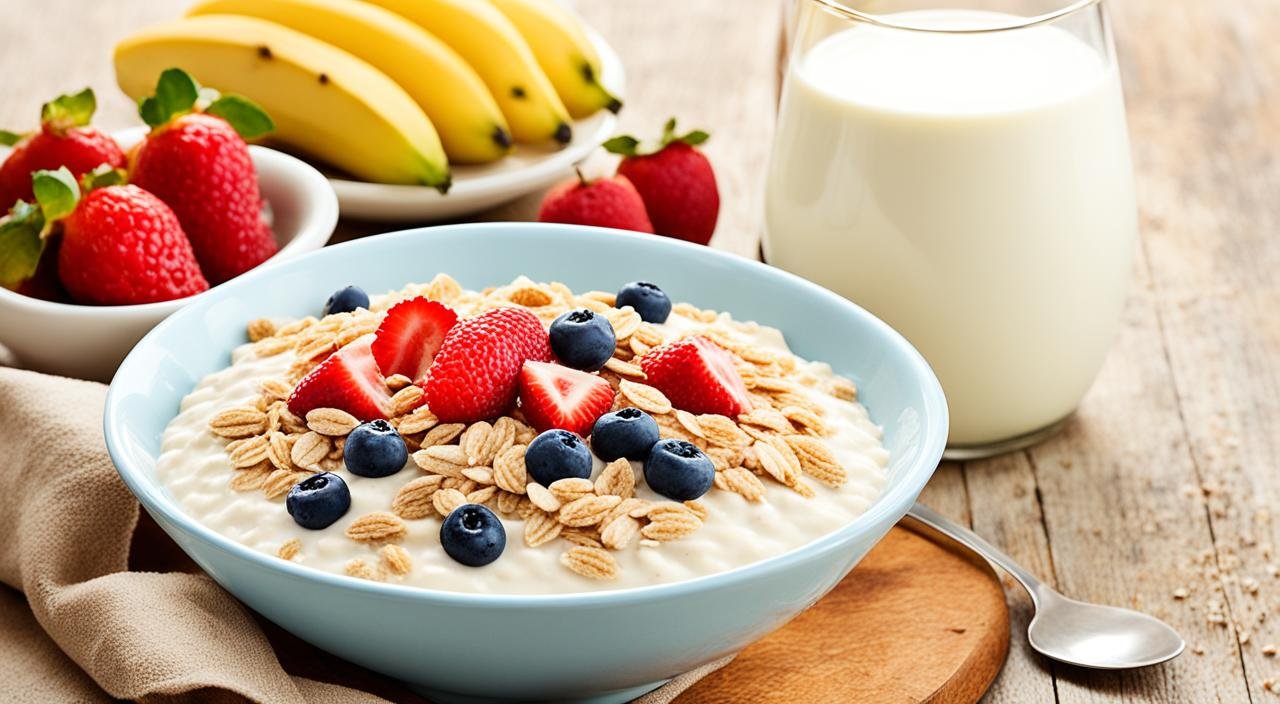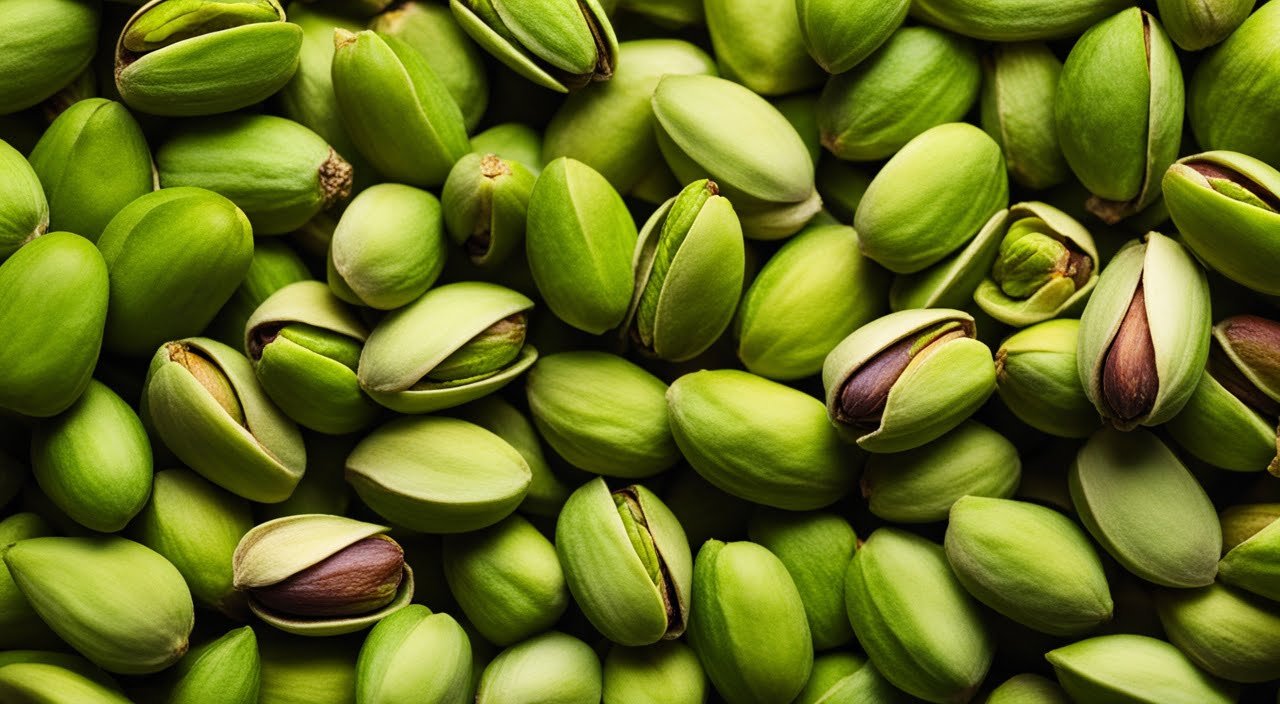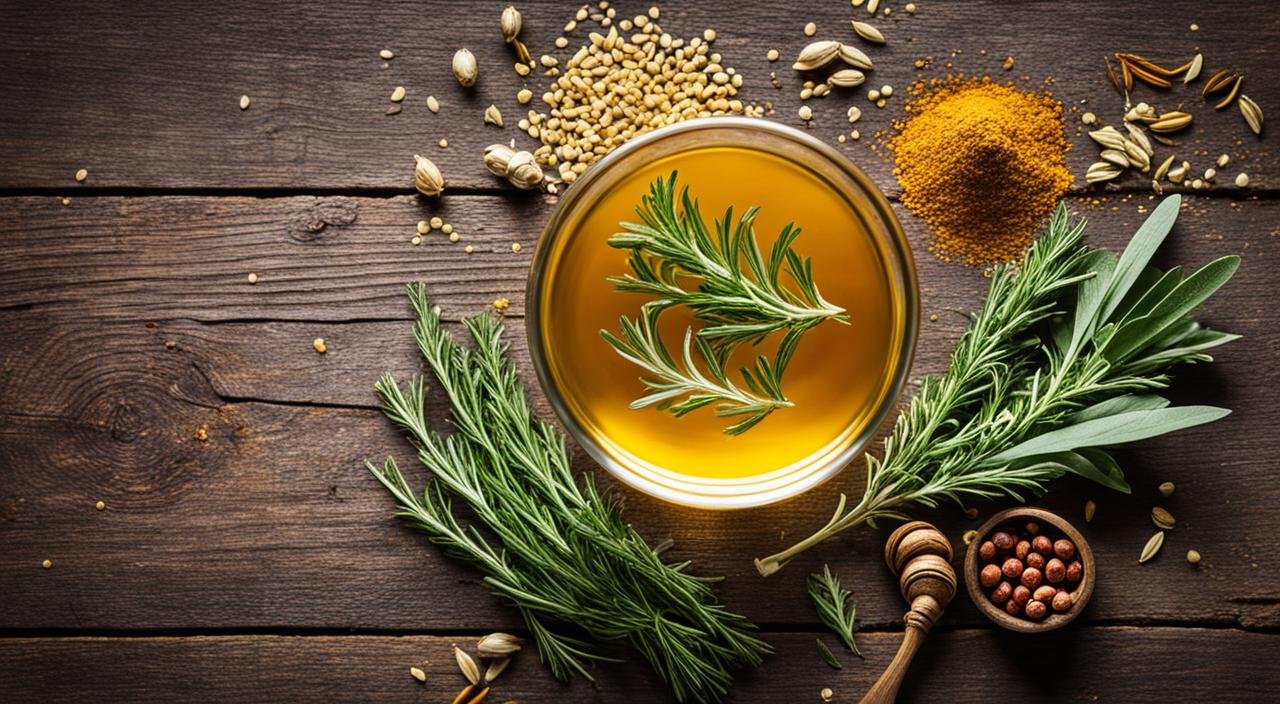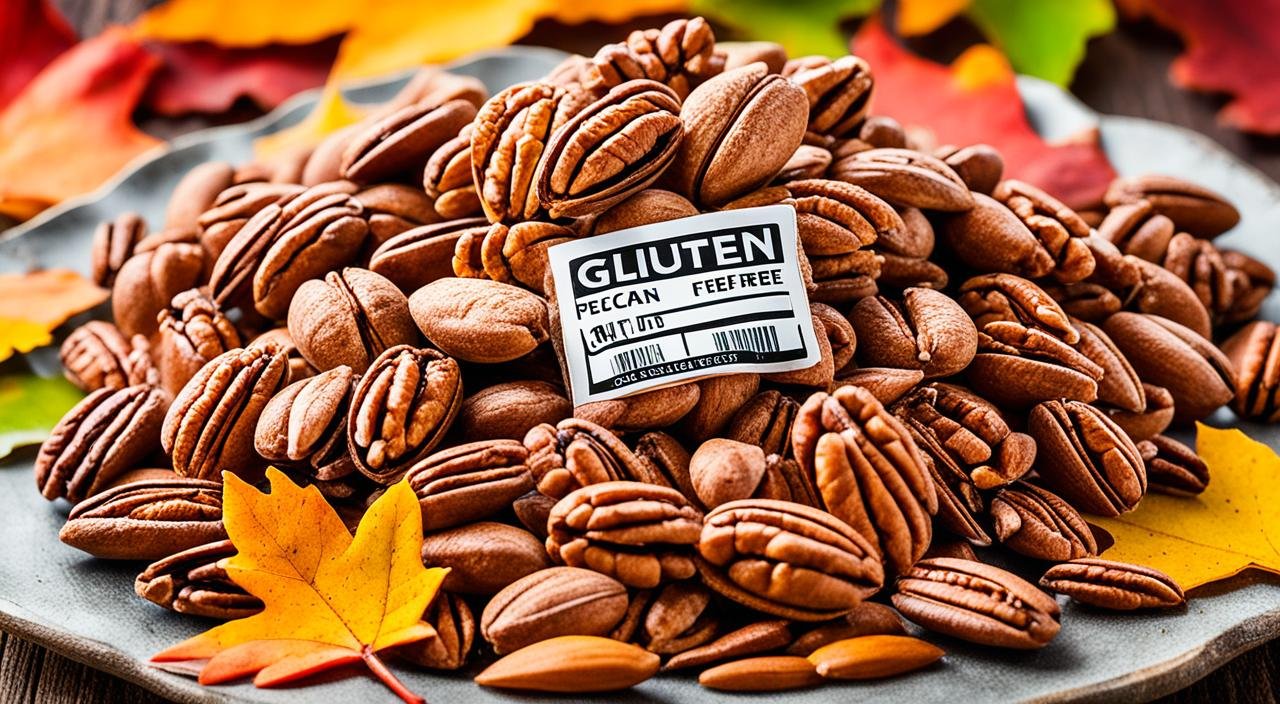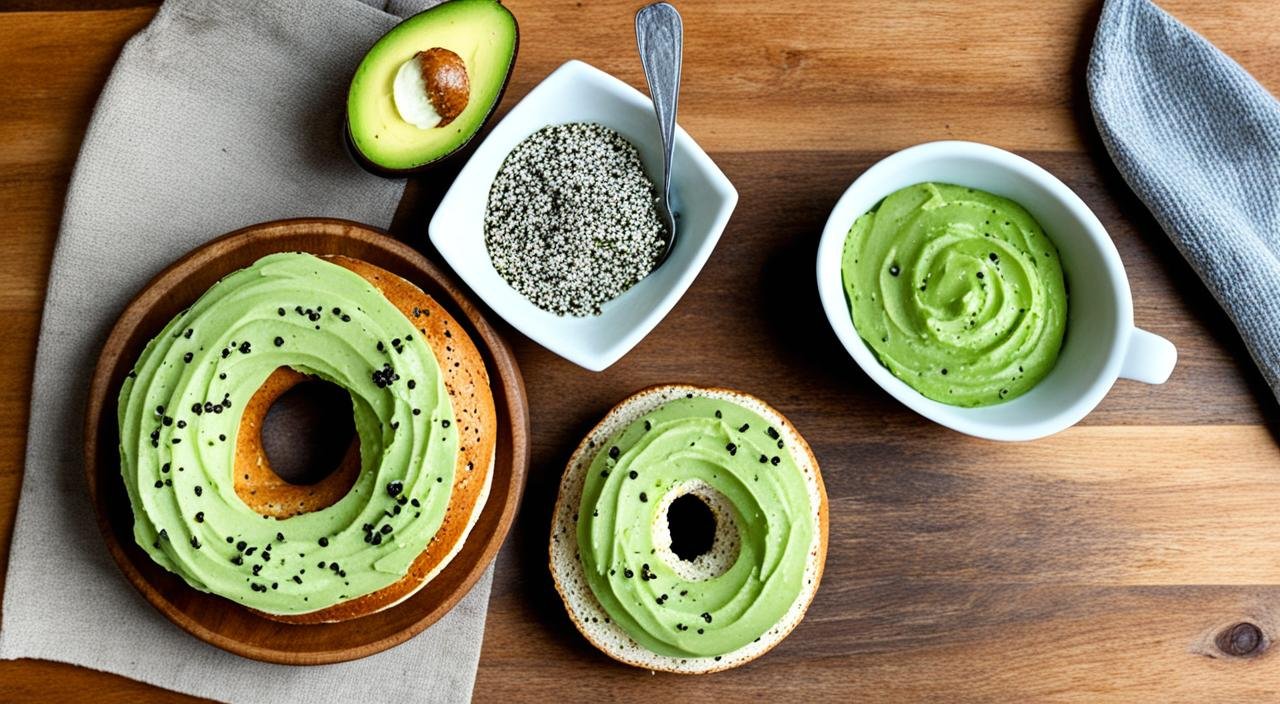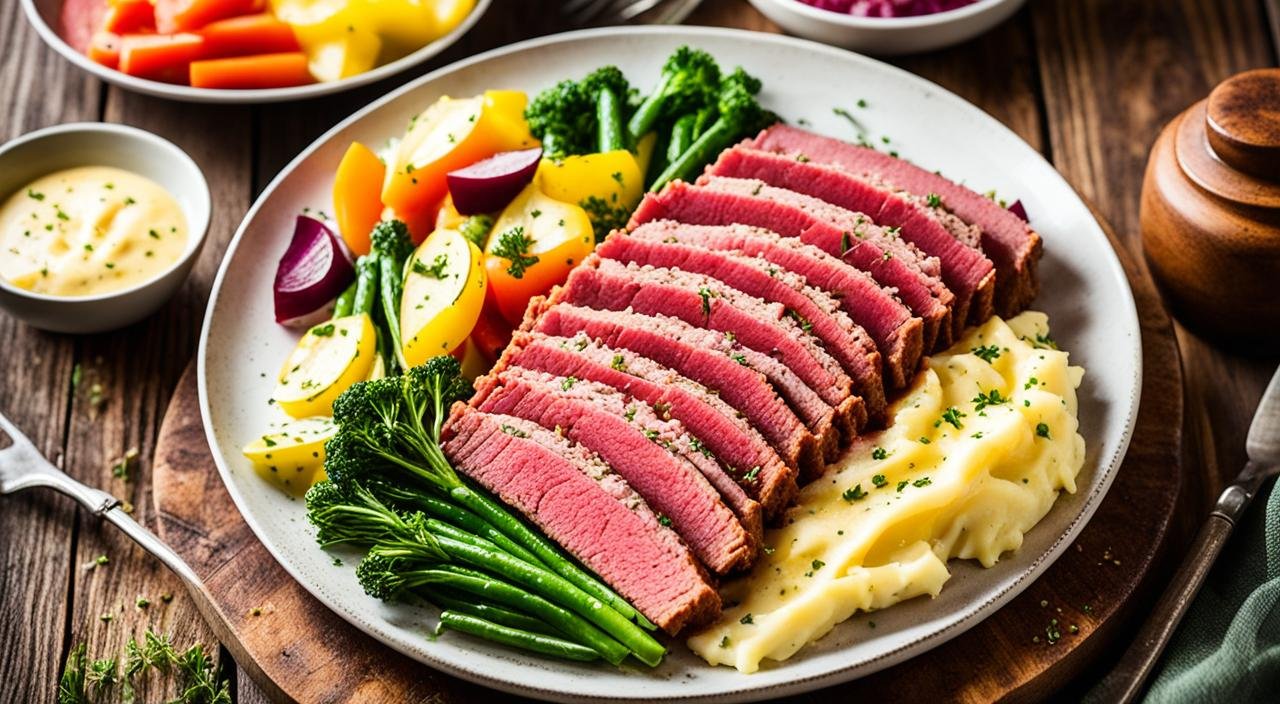Are Quaker Oats gluten free? Not all of them! Learn which ones are safe, why 1 in 10 people still react, and how to shop smart for your health.
Are you on a gluten-free diet or have food allergies? You might wonder if Quaker Oats are okay for you. The good news is Quaker offers gluten-free options for those with dietary needs. But, is it really true that Quaker Oats are gluten-free?
Key Takeaways
- Quaker Oats offers certified gluten-free oats processed in facilities free from cross-contamination with other grains.
- Not all Quaker Oats products are gluten-free, so it’s important to look for the “Gluten Free” label.
- Quaker’s gluten-free oats undergo rigorous testing to ensure they contain less than 20 parts per million of gluten.
- Individuals with celiac disease or gluten sensitivity should prioritize oats with a verified gluten-free certification.
- Quaker provides a range of gluten-free oatmeal options, including rolled oats and steel-cut varieties.
Understanding Gluten and Its Importance
Gluten is a mix of proteins found in wheat, rye, barley, spelt, and their crossbreeds. For those with celiac disease, eating gluten can harm the small intestine’s lining. It also raises the risk of other serious health issues. A gluten-free diet is key for people with celiac disease or gluten sensitivity.
What is Gluten?
Gluten is a set of proteins in some grains like wheat, rye, and barley. It helps foods keep their shape and feel. But, it can be harmful for those with celiac disease or gluten sensitivity.
Why is Gluten-Free Important for Certain Individuals?
For those with celiac disease, gluten starts an immune reaction that damages the small intestine. This can cause poor nutrient absorption, stomach problems, and other health issues. A strict gluten-free diet is the best way to manage celiac disease and avoid complications. People with gluten sensitivity also need to avoid gluten to stay healthy.
The U.S. Dietary Guidelines for Americans 2020-2025 say most Americans don’t eat enough whole grains. Oats are gluten-free but can be contaminated with gluten during farming or storage. So, it’s important to choose gluten-free oats carefully.
Quaker has a special cleaning process to make sure their Gluten-Free Oats are safe. Their Gluten-Free Oats are as nutritious as other Quaker oatmeal. They are 100% whole grain, full of fiber, and packed with vitamins and minerals.
The Oats Controversy: Why Some People Still Worry
Not everyone agrees that oats are safe for people with celiac disease. It’s like asking a room full of people if pineapple belongs on pizza – you’ll get different answers.
Here’s the thing: about 10.5% of children in studies had to stop eating gluten-free oats because of symptoms Commercial Oats and Patients With Celiac Disease | AAFP. That’s roughly 1 out of every 10 kids. Why does this happen?
Oats contain a protein called avenin. For most people with celiac disease, avenin is harmless. But for some unlucky folks, their body treats avenin like gluten. It’s like having a security guard who can’t tell the difference between a friend and a stranger – they just sound the alarm for everyone.
Sarah from Michigan learned this the hard way. She had been gluten-free for two years and felt great. When she tried certified gluten-free oats, she got the same stomach problems she had before going gluten-free. Her doctor explained that she’s part of that small group who can’t handle oats at all.
The good news? Most people with celiac disease can eat gluten-free oats without any problems. But if you’re new to the gluten-free life, it’s smart to test the waters slowly.
FDA Guidelines for Gluten-Free Labeling
The FDA has set rules for the “gluten-free” label on foods. A product can be labeled “gluten-free” if it has less than 20 parts per million (PPM) of gluten. This means it can’t have wheat, rye, barley, spelt, or their crossbreeds, or any ingredient from these grains that’s not gluten-free.
Celiac disease affects up to three million Americans. It’s why the FDA has strict rules for gluten-free labels. For people with celiac disease, eating gluten can cause serious health problems. The FDA’s rules help make sure “gluten-free” products are safe for them.
The FDA might also ask for more info on products with gluten levels between 0.01 PPM and 20 PPM. This would help consumers know the real gluten in their food.
| Country | Gluten-Free Labeling Standard |
|---|---|
| United States | Less than 20 PPM of gluten |
| Australia and New Zealand | No detectable level of gluten for “gluten-free” label; less than 20 mg per 100 g of food for “low-gluten” label |
The FDA’s rules for gluten-free labels help people with celiac disease. They make sure these people can choose safe foods. By setting a clear standard and thinking about more info, the FDA helps Americans make healthy choices.
Real Numbers: How Common is Celiac Disease?
Let’s talk numbers because they tell a story. Finland has about 2.5% of adults aged 30-64 diagnosed with celiac disease Gluten Intolerance by Country 2025. That’s one of the highest rates in the world. Why Finland? Scientists think it’s a mix of genetics and diet.
In the United States, about 1 in 100 people have celiac disease. Picture your local grocery store on a busy Saturday – if there are 300 people shopping, about 3 of them have celiac disease. That’s roughly 3.3 million Americans walking around who need to avoid gluten.
But here’s the kicker: many people don’t even know they have it. It’s like driving with a flat tire for months without realizing why your car feels wobbly. Some folks go years feeling tired, having stomach problems, or dealing with headaches before they figure out gluten is the culprit.
Dr. Peter Green from Columbia University once said that celiac disease is like an iceberg – most of it is hidden underwater. For every person who knows they have it, there might be several more who don’t.
Are Quaker Oats Gluten Free?
Oats: Naturally Gluten-Free
Oats don’t have gluten, unlike wheat, rye, and barley. But, they can get contaminated with gluten during farming, transport, or storage. This is a problem for people with gluten issues or celiac disease.
Quaker’s Milling Process for Gluten-Free Oats
Quaker is a top oat mill expert. They use a special process to make sure their Quaker Oats are gluten-free. They use technology to remove gluten grains, making sure their oats are safe.
Quaker Gluten Free Oats are a great choice for a gluten-free diet. They are also a good source of fiber. Each serving has 3-4 grams of fiber, which is good for your health.

Quaker is dedicated to quality and safety. So, you can be sure their Quaker Oats are gluten-free. This lets people with gluten sensitivities enjoy oats without worry.
Testing and Quality Assurance
At Quaker, we take making sure our oats are gluten-free very seriously. We check each step of the milling process. Every product lot must pass our detailed tests before it goes out.
This means each sample in the product lot must test clean. We follow the FDA’s rule of 20 parts per million (ppm) or less of gluten.
We look at oats for gluten contamination right when they come in. We use the clean ones for gluten-free oatmeal and the others for regular oat products. Every hour, we take a big sample for testing and checking for contamination.
For each “lot” of oat groats, we take a small sample and grind it. Then, we test it using a special method. The tests must show less than 10.67 ppm of gluten. If not, the oats are not gluten-free.
Only the oats that pass get made into gluten-free oatmeal. We use special equipment and gluten-free tanks for this.
We don’t stop testing there. We take 16 samples from each production run. Then, we test a 40 gram sample from each pouch or tube. If any test is over 12 ppm gluten, we throw out the whole lot.
Out of the last 50 lots, only one had more than 12 ppm gluten. We threw that batch away right away.
Quaker Oats is all about making sure our oats are gluten-free, with less than 20 ppm by FDA rules. We use the latest technology for analysis, milling, and processing. If a test doesn’t meet our high standards, we reject the whole lot.
This is how we make sure our gluten-free oats are safe and trustworthy for our customers.

Breaking Down the Testing Numbers
Let’s get into the nitty-gritty of testing because numbers don’t lie. Recent 2024 testing data shows 26 oat products were tested, with 5 products showing some gluten contamination Quaker Gluten Free Oatmeal Fact Sheet. That’s about 1 in 5 products that didn’t make the cut.
Think of gluten testing like checking your car’s oil. You stick the dipstick in and see if the levels are where they should be. For gluten-free foods, that “dipstick” measures parts per million (ppm) of gluten.
The FDA says 20 ppm is the safety limit. Quaker aims for even lower – between 10-12 ppm. It’s like having a speed limit of 25 mph, but you drive at 15 mph just to be extra safe.
Here’s how strict Quaker gets: They test every single batch. If even one sample from a batch tests above their limit, they throw out the entire batch. Last year, out of 50 batches, they tossed one whole batch because it tested at 13 ppm – just 1 ppm over their own strict limit.
That’s like a teacher failing a student who got 89% on a test because the class average needs to be 90%. Some might say it’s harsh, but when you’re dealing with people’s health, there’s no room for “close enough.”
What Doctors Really Say About Oats
The medical world has changed its tune about oats over the years. Twenty years ago, doctors told people with celiac disease to avoid all oats. Period. End of story.
Today, it’s different. Clinical practice guidelines from the American College of Gastroenterology Commercial Oats and Patients With Celiac Disease | AAFP now say that most people with celiac disease can safely eat certified gluten-free oats.
Dr. Alessio Fasano, a leading celiac disease researcher, compares it to learning to ride a bike. At first, parents hold onto the bike seat because they’re scared. Eventually, they let go and realize their kid can balance just fine.
Most doctors now follow a simple rule: start small and pay attention to your body. They might tell you to try a quarter cup of gluten-free oats for a week. If you feel fine, bump it up to half a cup the next week. It’s like testing the temperature of bath water with your toe before jumping in.
Some doctors are still cautious. They worry about that 1-in-10 person who might react to oats. As one gastroenterologist put it, “Better safe than sorry when it comes to your gut health.”
Quaker’s Gluten-Free Oatmeal Products
Quaker knows how important it is to offer gluten-free options. That’s why we’ve added many gluten-free oatmeal products to our Quaker Select Starts line. These options are both tasty and healthy.
Our gluten-free oats are tested to have less than 20 parts per million (ppm) of gluten. This meets the FDA’s rules for gluten-free labels. Our oats are also certified by the Gluten-Free Certification Organization (GFCO) to have 10 ppm or less. This is a strict standard that ensures safety for people with celiac disease or gluten sensitivity.
Quaker’s Gluten-Free Old-Fashioned Rolled Oats come in 4-pack pouches for $19.99. They are a budget-friendly choice for your gluten-free breakfast. For something you can take on the go, try Earnest Eats Gluten-Free Superfood Oatmeal cups. They are $33.88 for a 12-pack.
| Product | Size | Price |
|---|---|---|
| Quaker Gluten-Free Old-Fashioned Rolled Oats | 4-pack pouches | $19.99 |
| Earnest Eats Gluten-Free Superfood Oatmeal | 12-pack cups | $33.88 |
| Gluten-Free Prairie Oatmeal | 1 package | $8.99 |
| Bob’s Red Mill Gluten-Free Brown Sugar & Maple Oatmeal Cup | 12-pack cups | $21.99 |
| Nature’s Path Gluten-Free Whole Rolled Oats | 6-pack | $18.13 |
We also have a variety of gluten-free snacks and cereals in our Quaker Select Starts line. You can find our popular Quaker Big Chewy Bars Chocolate Chip, Quaker Chewy Bars Dark Chocolate Chunk, and Quaker Chewy Dipps Chocolate Chip in multi-packs.
For a healthier gluten-free choice, try our Quaker Simply Granola Oats, Honey & Almonds Cereal. It comes in 24.1oz and 48.2oz sizes. We also have Quaker Protein Granola in 18oz and 36oz 2-pack sizes.
Quaker is dedicated to making gluten-free options available to everyone. Check out our Quaker Select Starts line for the perfect gluten-free oatmeal and snacks to start your day.
- Includes 48 Quaker Instant Oatmeal packets: 23 Maple and Brown Sugar, 13 Apples and Cinnamon, 7 Cinnamon and Spice, 5 Pe…
- Good Source of Fiber: Quaker Oats provide a good source of fiber to support a healthy digestive system; See nutrition fa…
- Quaker Oats help support a healthy heart; Diets rich in whole grain foods and other plant foods and low in saturated fat…
The Complete Quaker Gluten-Free Product List
Shopping for gluten-free oats can feel like looking for a needle in a haystack. Not all Quaker products are gluten-free, so you need to know what to look for.
Quaker offers three main gluten-free oat varieties: Quick 1-Minute Oats, and Instant Oats in Original and Maple & Brown Sugar flavors Which Quaker products are labeled as gluten free? | Contact Quaker. These are your safe bets – like having a reliable friend who always shows up on time.
But wait, there’s more. Quaker Large Rice Cakes and Popped Rice Crisps are also gluten-free Which Quaker products are labeled as gluten free? | Contact Quaker. These aren’t oats, but they’re good options if you want to stick with the Quaker brand for all your gluten-free needs.
All these products fall under Quaker’s “Select Starts” line. Think of it as Quaker’s special club for gluten-free foods. If it’s not in this club, it’s probably not gluten-free.
Here’s a shopping tip from Lisa, a mom from Texas: “I take a picture of the gluten-free products with my phone. When I’m at the store, I just check my photos instead of trying to remember which ones are safe.”
The key is looking for that bright “Gluten Free” label on the package. Don’t assume – check every time. Companies sometimes change their recipes or processing methods.
Shopping Smart: What to Look For
Walking down the cereal aisle when you need gluten-free foods is like being a detective. You need to look for clues and know what questions to ask.
First rule: Always check for the “Gluten Free” label. Don’t just look at the front of the package – sometimes it’s on the side or back. It’s like looking both ways before crossing the street – you do it every time, even on quiet roads.
Look for certification symbols. The Gluten-Free Certification Organization (GFCO) puts a little circle with “GF” inside on products they’ve tested. It’s like a stamp of approval from the gluten-free police.
Price can be a clue too. Gluten-free oats usually cost more than regular oats. Why? Because the extra testing and special processing costs money. As one store manager put it, “You’re paying for peace of mind.”
Here’s what Maria from California learned: “I used to grab whatever oats were cheapest. Then I got sick and realized I was buying regular oats that weren’t gluten-free. Now I always double-check, even if it takes an extra minute.”
When in doubt, don’t buy it. Your health is worth more than saving a few bucks or a few minutes. Better to make a second trip to the store than a trip to the doctor.
Speaking of breakfast choices, oatmeal isn’t your only option when you’re avoiding gluten. Many people don’t realize how many cereals are actually safe to eat. If you want to mix up your morning routine, check out our complete gluten free cereal list to see which brands pass the safety test. Some of these cereals use the same strict testing methods as Quaker’s gluten-free oats.
Are Quaker Oats Gluten Free?
Yes, Quaker Oats are gluten-free. They remove any stray gluten-containing grains during their expert milling process. This makes their Quaker Gluten Free Oats safe and tasty for those with celiac disease or gluten sensitivity.
Certified gluten-free oats from Quaker are tested to have less than 20 PPM of gluten. They use a special sorting system to remove gluten-containing grains. Also, oats from dedicated facilities without gluten ingredients are likely gluten-free.
Choosing Quaker Gluten Free Oats means we get great taste and nutrition without gluten. They offer many products like Quick 1-Minute Oats and Instant Oatmeal Maple & Brown Sugar. These options make starting our day gluten-free easy and delicious.
The Bottom Line for Your Health
Let’s wrap this up with what really matters – your health and happiness.
Recent studies show that most people with celiac disease do just fine eating certified gluten-free oats long-term. It’s like finding out that your favorite food is actually good for you – a pleasant surprise.
If you’re new to eating gluten-free oats, start small. Try a quarter cup and see how you feel. Your body will tell you if something’s not right. As my grandmother used to say, “Listen to your body – it knows what it needs.”
Keep a food diary for the first few weeks. Write down what you eat and how you feel. If you notice a pattern of feeling bad after eating oats, talk to your doctor. You might be one of those people who can’t handle oats, and that’s okay too.
The most important thing? Don’t let the fear of getting sick stop you from trying new foods. Life’s too short to eat boring meals. With the right products and a little caution, you can enjoy a warm bowl of oatmeal without worry.
Remember, having celiac disease doesn’t mean you have to give up all the foods you love. It just means being a little more careful about what you choose. And with companies like Quaker working hard to make safe products, that choice is getting easier every day.
FAQs
Can I eat regular Quaker Oats if I have celiac disease?
No, you should not eat regular Quaker Oats if you have celiac disease. Regular oats often get mixed up with wheat, barley, or rye during farming and processing. It’s like mixing colors when painting – once they’re combined, you can’t separate them easily. Only buy Quaker products that clearly say “Gluten Free” on the package. These special oats go through extra cleaning and testing to make sure they’re safe for people with celiac disease.
How much do Quaker Gluten-Free Oats cost compared to regular oats?
Gluten-free oats typically cost about 2-3 times more than regular oats. A container of regular Quaker Oats might cost $3, while the same size gluten-free version could cost $7-9. Why the big difference? Think of it like buying organic vs. regular apples – the extra care, testing, and special processing costs money. Many people say it’s worth paying more for peace of mind and good health.
Can I trust store brands of gluten-free oats, or should I stick with Quaker?
You can trust other brands as long as they have proper gluten-free certification. Look for brands that are certified by the Gluten-Free Certification Organization (GFCO) or have clear “Gluten Free” labeling that meets FDA standards. Some people prefer to stick with one trusted brand – like always shopping at the same grocery store because you know where everything is. Popular alternatives include Bob’s Red Mill, Nature’s Path, and McCann’s Irish Oats. The key is reading labels carefully and choosing products that test below 20 ppm of gluten.
I’m Dr. Shivani, a Kolkata-based nutritionist since 2015. After 10 years of igniting a love for healthy eating in young minds as a High School nutritionist teacher, I now help individuals unlock their full potential through personalized diet plans. My passion for writing and sharing nutrition knowledge (through blogs and observations) keeps my practice fresh and fuels my love for the field!

